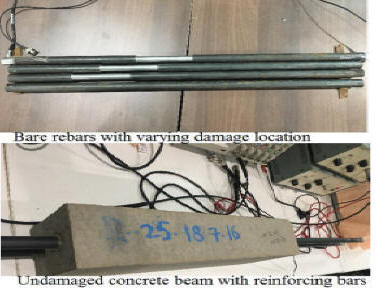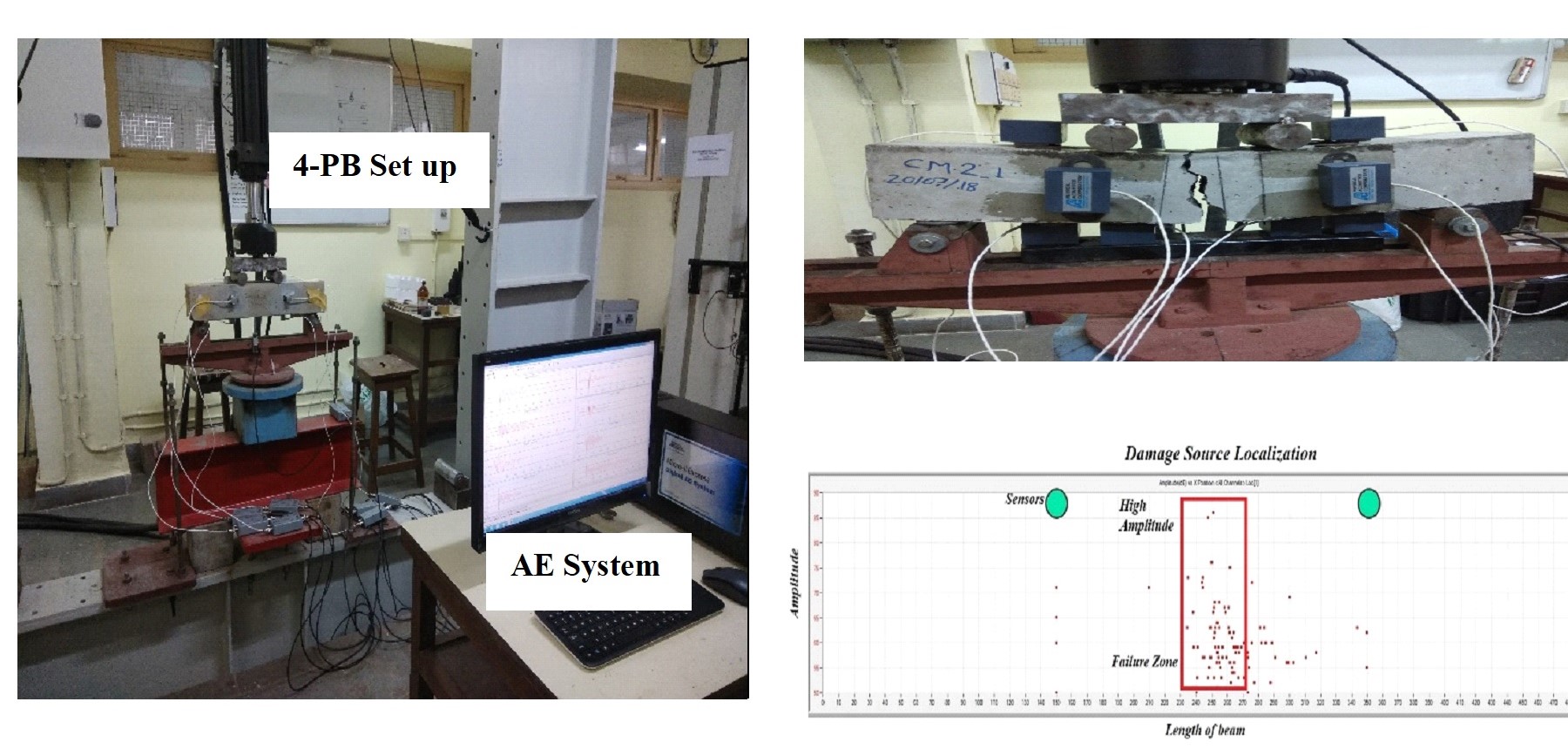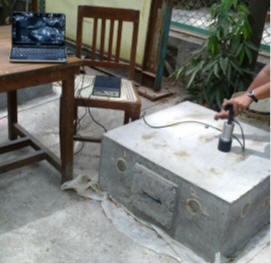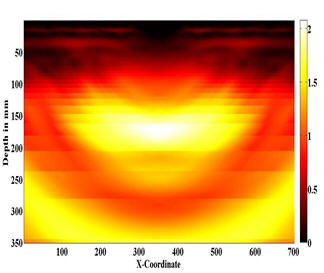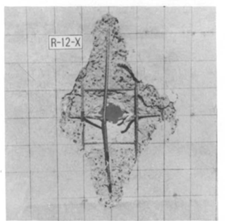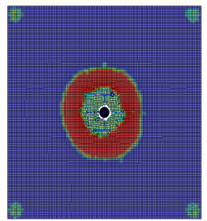| Civil Engineering Department |
Indian Institute of Technology Bombay |
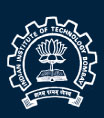 |
||||||
|
Research Areas Research Group Sponsored Research Research Facilities |
Reinforced concrete, which is widely used material in the infrastructure, is prone to damage such as surface cracking of concrete, corrosion of steel, de-bonding of steel due to various factors such as weathering, chemical attack, overloading, ageing etc. To prolong the life of damaged concrete it is retrofitted with FRP layers. However, de-bonding at concrete and FRP interface decreases the anticipated service life and may lead to catastrophic failure of structural components. Hence, reliable and extensive structural health monitoring system is required to detect these damages at their incipient stage, and to monitor their growth over the lifespan of the structure. Non-destructive techniques such as impedance method and optical fibre based techniques are traditionally used for integrity evaluation of structures. One of the inadequacies of these methods is that they can detect only damage of higher dimension and a dense array of sensors is required for evaluating the entire structure using these methods. Guided wave based techniques deploy a higher frequencies ranging between 10-300 kHz and hence can effectively be used to detect damage of small size located in a wider range.
Currently the team is investigating the propagation characteristics of ultrasonic guided waves and their interaction with various damages, e.g. rebar corrosion, debonding using embedded piezoelectric transducers. The team is also exploring the suitability of various sensors and working towards development of damage detection algorithms. The outcome of the research will be an improved accuracy in estimating the residual life of structures for safe operation, and reduced risks of casualty and economic loss.
Assessment of structural characteristics like residual strength of concrete, corrosion, crack surface etc. are used to identify current situation and future durability problem of structure which demands for continuous monitoring of structure. Among rest of the classic nondestructive evaluation techniques, Acoustic Emission (AE) is able to monitor in-service structures with better diagnosis for the integrity of the structure. The increasing rate in the AE activity observed as the specimen approaches failure, is strongly correlated with the decay of the mechanical properties of the material. In simple words, AE is the propagation of elastic waves due to release of internal energy, which is generated due to irreversible structural change of material. An AE sensor records the elastic motion that follows crack initiation and propagation events within the material and transform them into electric waveforms, which can help in understanding the nature of damage and deterioration level.
The primary objective of this study is to model acoustic emission(AE) sources and examine the propagation characteristics of the waveforms generated by these sources in reinforced concrete (RC) structures using finite element (FE) simulation. The resulting AE waveforms are analyzed using the wave speed and frequency content to classify the AE sources. Finally, damage source localization algorithms are developed in an effort locate the AE sources accurately. The developed simulation technique and signal processing tools are expected to be helpful for direct correlation of AE waveforms with the recorded signal and identification of various AE sources for passive health monitoring of RC structures.
Reinforced concrete (RC) structures are widely used in civil infrastructure systems due to low construction cost and long service life under various conditions. Safety of these structures, in particular, is of paramount importance that requires periodic inspection and maintenance. Testing of thick concrete structures using ultrasonic pulse-echo technique is often difficult due to heavy scattering and attenuation of the sound energy in the medium. Impact-Echo Technique is therefore often utilized for inspections of thicker components. Research activities encompass development of impact echo array techniques based on simulated and experimental data for rapid inspections of these structures to identify variety of defects.
The problem of a projectile impacting against a reinforced concrete target is extremely complex due to heterogeneity induced inelastic behavior such as cracking, crushing, softening of concrete and yielding of steel members resulting into a large number of failure modes governed by above mentioned phenomena, which often interact with each other. Over the past few decades different solution methodologies have been developed to determine structural response due to short-duration, large magnitude impact loading. The three solution methodologies namely the empirical, semi-empirical/analytical and numerical simulations have been evaluated for their adequacy in determining projectile impact effects on reinforced concrete target. The limitations inherently present in all the above mentioned three methodologies due to the various simplifying modeling assumptions related to the complexities of the physical behavior are systematically studied in the present work to evolve definite validated analysis procedures.
|
|||||||
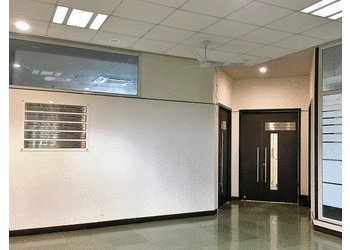
|
||||||||
|
Prof. Sauvik Banerjee, Department of Civil Engineering, IIT Bombay, Powai, Mumbai 400076, Email- sauvik@civil.iitb.ac.in, Tel: +91-22-25767343. |
||||||||
